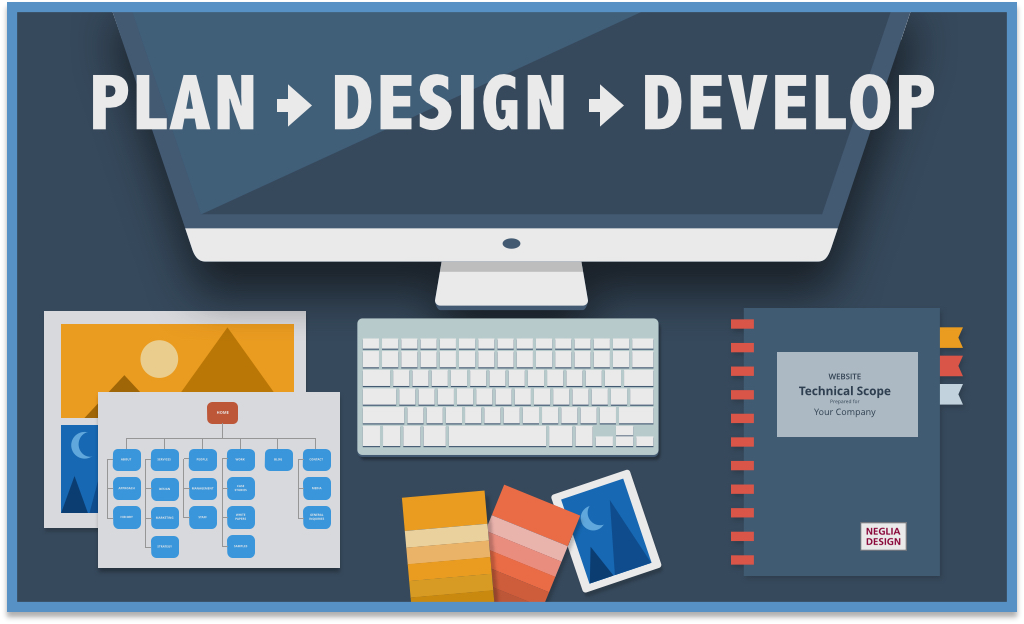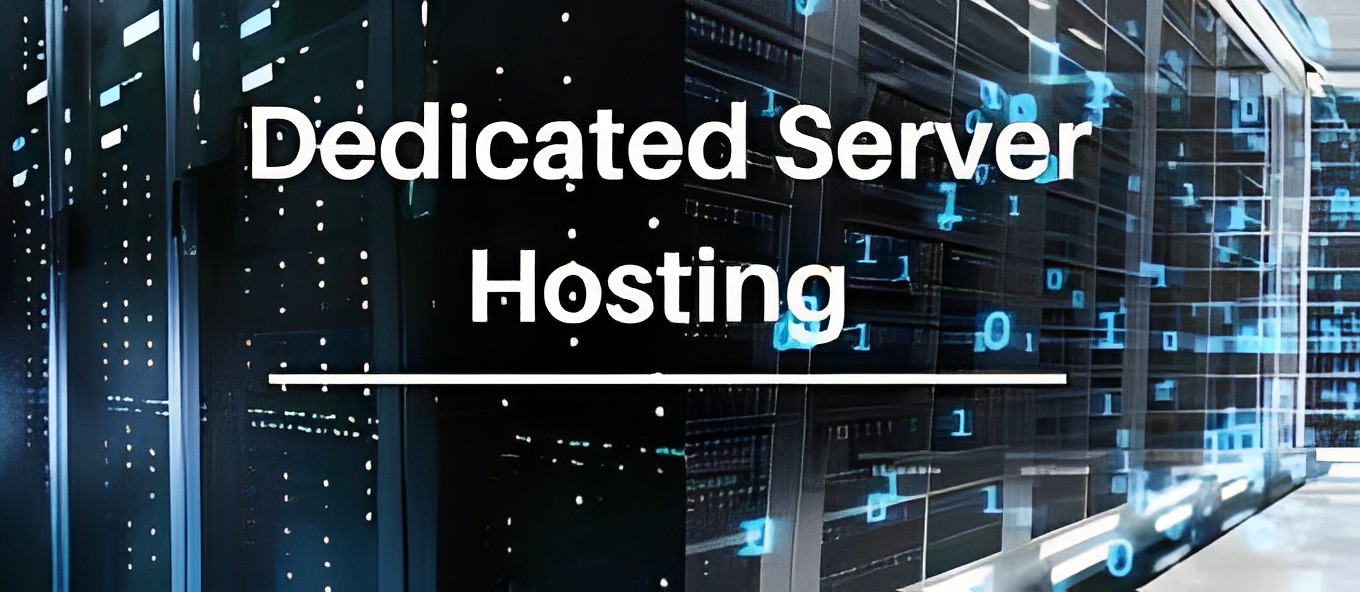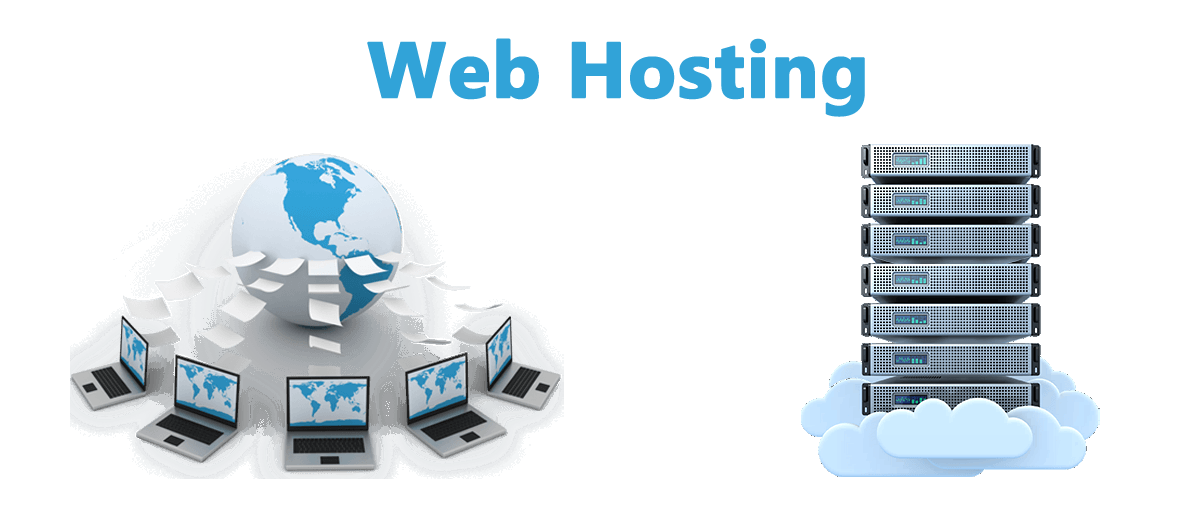In this blog post, we will learn what is website development and all the other aspects in this regard.
Web development usually referred to as website development, describes the processes involved in designing and managing websites. It includes web applications that are accessible online using a browser. However, it also involves database management, web development, and web design.
The word “website development” most accurately refers to all of the efforts that go into creating a website. Markup, code, scripting, network configuration, and CMS development are all included in this.
Let’s dig deep into all these aspects of web development!
Important Aspects of Web Development
1. Classifications of Web Development
Web development can be classified in two ways:
Frontend Development
The layout, design, and interactive features of a website are created using front-end development. It is sometimes referred to as client-side development. A website’s front-end development determines how its videos, photos, text, and graphics are displayed.
Additionally, it describes front-facing interactions including text highlighting, form field filling, and adjusting the size of visuals. HTML, CSS, and JavaScript are the programming languages used in front-end development.

Backend Development
Backend is also known as server end. It creates a digital foundation of a website and hidden functionality to make sure it functions properly.
The server that the website is hosted on, the program that manages the site, and the database that hosts the site’s data make up the back end. Since servers can be set up to read practically any language, developers can utilize a wide range of programming languages for back-end development.

2. Coding
Writing code using programming languages for servers and applications is referred to as coding. Since they contain vocabulary and grammatical rules for interacting with computers, they are referred to as “languages.”
They also contain unique commands, acronyms, and punctuation that can only be understood by specific tools and software.
At least one coding language is needed to create software. however, languages differ according to the platform, operating system, and style. There are two types of languages; front-end and back-end.
The following are the most popular coding languages:
- CSS
- HTML
- JavaScript
- Python
- C/C++
3. Content Management System (CMS)
Websites can be created from scratch, but many web developers prefer to utilize content management systems (CMS), such as WordPress or Drupal, to build and manage on-site content.
Through the provision of website structure-creating building elements, these technologies streamline web development. Without having to code everything out, plug-ins and add-ons enable developers to increase the functionality they may incorporate into websites.
4. Cybersecurity
For efficient web development, having a fundamental awareness of cybersecurity best practices is essential. Additionally, regular security audits should be performed.
Malicious actors are constantly searching for website flaws to steal data, leak sensitive information, and crash servers. Protecting data, networks, and computers from these vulnerabilities is the practice of cybersecurity.
Both the security mechanisms employed to thwart hackers and their techniques are continuously changing. Failure to comprehend the potential targeting of your website could be disastrous.
Process Of Website Development
Let’s have a look at the web development process briefly, along with the most popular programming languages and content management systems (CMS).
1. Create A Plan
It is crucial to engage with teams and staff members across your organization to build a plan for your website before taking any other steps.
You should ask yourself a few questions such as; what is your budget? For what purpose you are going to use your website? What type of content will you publish? Who will be your audience? What is your goal? and so forth.
2. Design A Wireframe
Every good website has a blueprint at the outset. A wireframe is what programmers refer to as a blueprint. It does not have to be a formal document, but can simply be a visualization of a design you have in your mind for a website.
It gives you and your developer guidance and a place to begin. You can visualize where text and graphics will appear on individual web pages with the use of wireframes.
A preview of your material appears on the front end.
3. Do Coding for your website
Different coding languages are used by developers for the front-end and back-end of websites, as well as for the various aspects such as design, interactivity, etc. To create and maintain your website, these several languages work together.
It is recommended to begin with the simplest one.
In terms of web development, the three most popular languages are HTML, CSS, and JavaScript. Nearly every website makes use of them in some way. Although there are many others, including server-side languages like Java, C++, Python, and SQL, mastering these three is essential for web development.
4. Create A Backend
Although writing code is the most challenging part of developing a website, it is by no means the only one. The data that makes the frontend functional is handled by the backend.
As an illustration, Instagram’s backend keeps our images so that the front end can make them visible to others. It consists of two essential parts; Servers and databases.
5. Create A Frontend
You have worked with front-end web development if you have ever experimented with web design or played around with a website built in WordPress, Squarespace, or Google Sites.
The frontend components are crucial since they affect how your website users, clients, and visitors will interact with it. In frontend programming, JavaScript, HTML, and CSS are often used together.
Additionally, it manages elements like typography and fonts, navigation, positioning, and the responsiveness and compatibility of browsers.
6. Get A Domain Name
Your website will now be assigned an IP address. Additionally, it needs a domain name, a catchy website name that people can remember and use to find your website.
A website like Tezhost provides hosting services. With the aid of these services, you can buy a domain name and register with ICANN (Internet Corporation for Assigned Names and Numbers). The majority of domain registrations last for a year before needing to be renewed.
7. Publish Your Website
You are almost ready to share your work with the world wide web once you have created a domain name and connected it to your host. There are still a few things you need to check before an official launch before that.
These include establishing roles for your team, extensively testing your site for bugs, optimizing for SEO, and performing the last check before going live with your site.
For more such blogs, head on to our blogs section!



